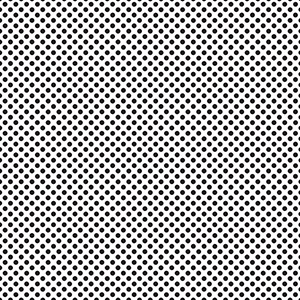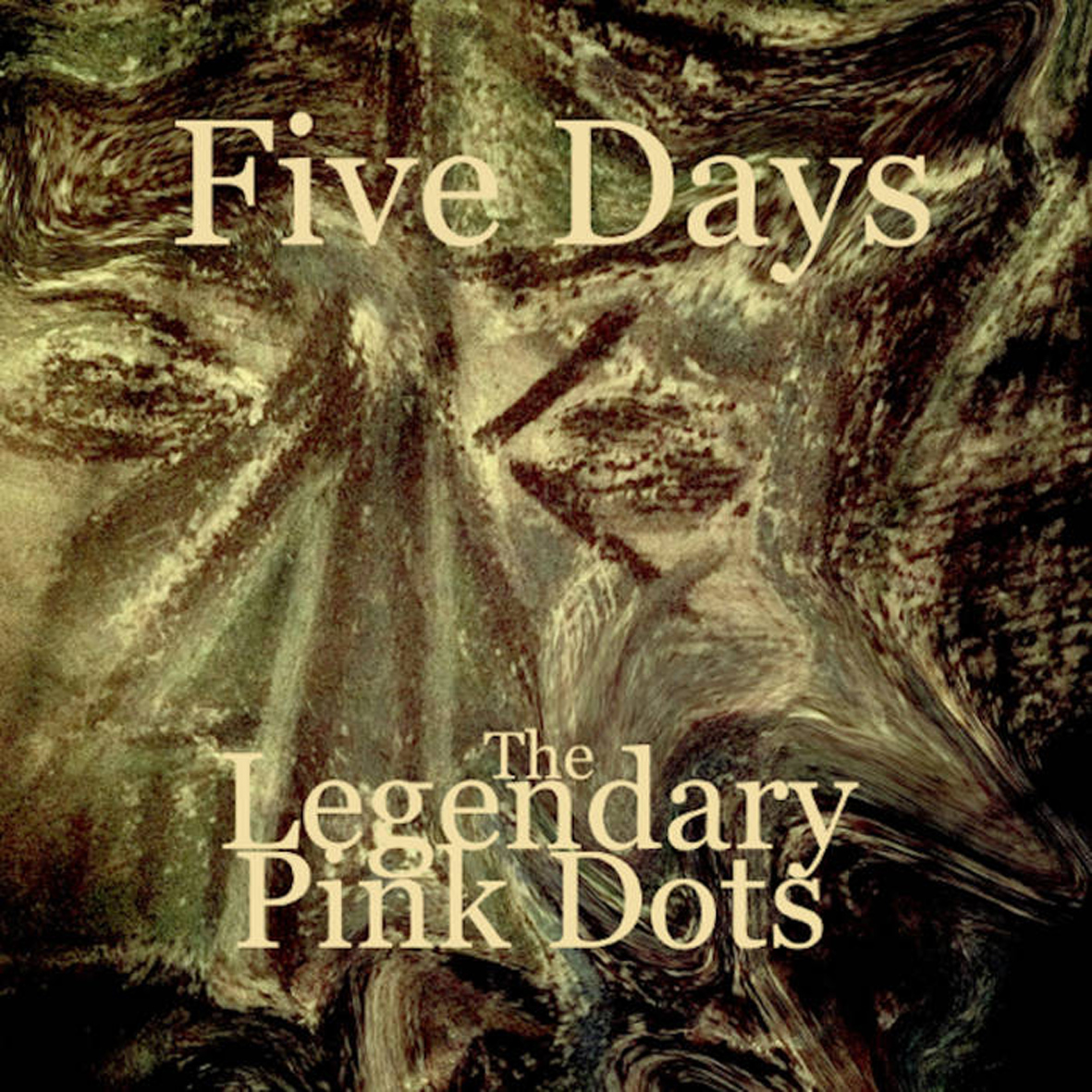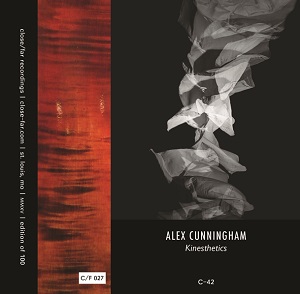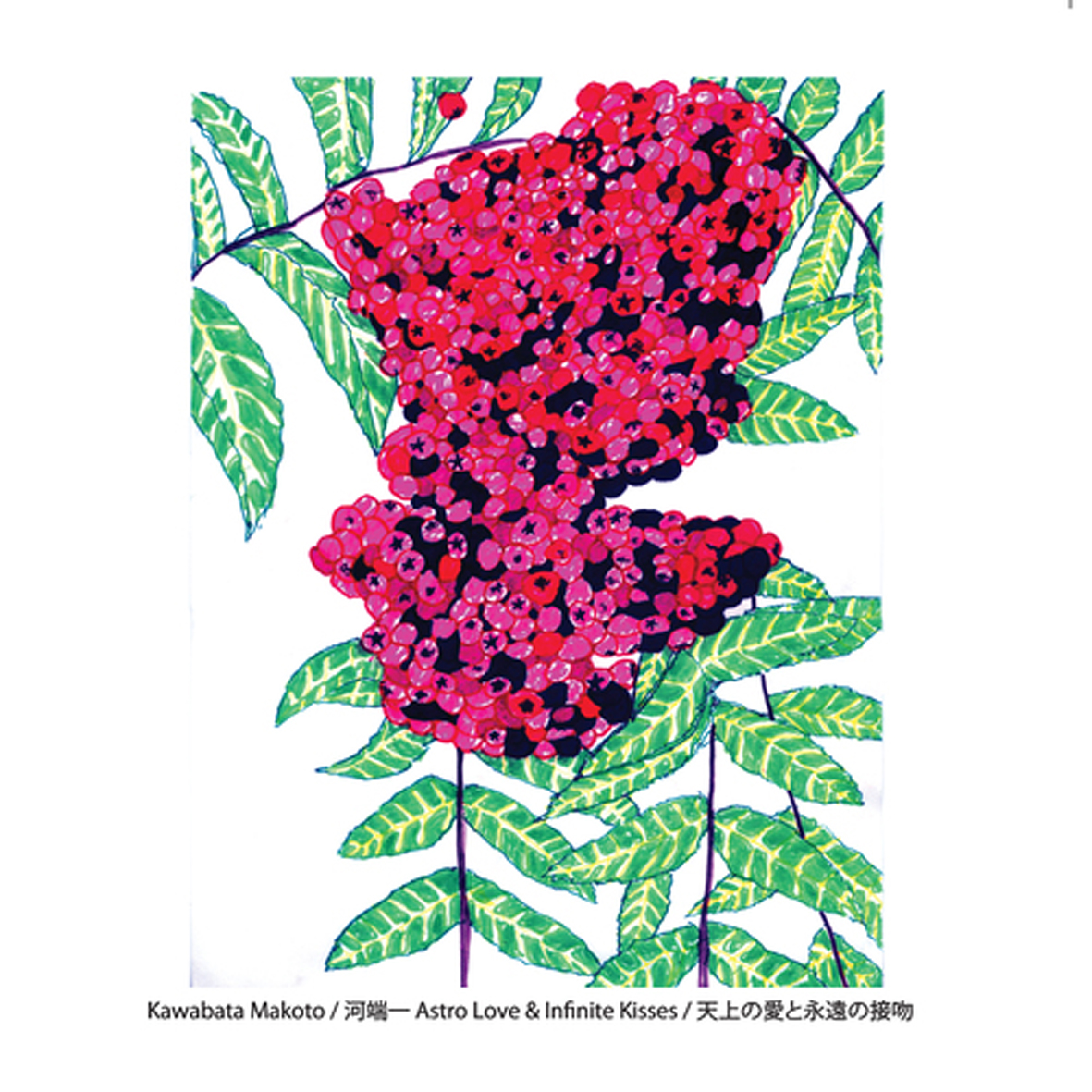 Illinois trio Oakeater has been active for the past decade, but Aquarius is only their second full length release, with most of their other work being splits, collaborations, and mini-album releases. This diverse array of release have allowed them to hone a distinctively dark, yet diverse array of sounds that draw from most of the expected places (metal, noise, dark ambient, etc.), work those elements in their own way to create a unique, if bleak, suite of songs.
Illinois trio Oakeater has been active for the past decade, but Aquarius is only their second full length release, with most of their other work being splits, collaborations, and mini-album releases. This diverse array of release have allowed them to hone a distinctively dark, yet diverse array of sounds that draw from most of the expected places (metal, noise, dark ambient, etc.), work those elements in their own way to create a unique, if bleak, suite of songs.
Two new shows just for you. We have squeezed out two extended release episodes for this weekend to get you through this week. They contain mostly new songs but there's also new issues from the vaults. The first show features music from Rider/Horse, Mint Field, Robert Aiki Aubrey Lowe, Anastasia Coope, ISAN, Stone Music, La Securite, Bark Psychosis, Jon Rose, Master Wilburn Burchette, Umberto, Wand, Tim Koh, Sun An, and Memory Drawings. The second episode has music by Laibach, Melt-Banana, Chuck Johnson, X, K. Yoshimatsu, Dorothy Carter, Pavel Milyakov, Violence Gratuite, Mark Templeton, Dummy, Endon, body / negative, Midwife, Alberto Boccardi, Divine. Cow in Maui from Veronika in Vienna. Get involved: subscribe, review, rate, share with your friends, send images! |



 Composed as part of a 2012 installation at a former East German prison, it should come as no surprise that Isolation is at times an intentionally off-putting, disturbing, and unpleasant piece of music. The prison, housing political prisoners and using more than questionable methods of interrogation, was in operation from 1956 to 1989, and stands as a testament to the darkness that pervaded Eastern Germany during the Cold War. Bretschneider’s work is an attempt to capture the sense of isolation and disorientation caused by the prison in audio form, and it is a resounding success.
Composed as part of a 2012 installation at a former East German prison, it should come as no surprise that Isolation is at times an intentionally off-putting, disturbing, and unpleasant piece of music. The prison, housing political prisoners and using more than questionable methods of interrogation, was in operation from 1956 to 1989, and stands as a testament to the darkness that pervaded Eastern Germany during the Cold War. Bretschneider’s work is an attempt to capture the sense of isolation and disorientation caused by the prison in audio form, and it is a resounding success. This has been a very perplexing and curious year for the historically prolific Dots, as they have maintained a constant stream of updates about new releases without ever quite releasing anything substantial–just an endless flow of live vault releases, outtakes, cryptic collaborations, cryptic solo albums, digital-only holiday surprises, teasers for upcoming albums, and a few extremely limited (and instantly vanished) records on small European labels.  It was starting to feel a lot like I was receiving ghost transmissions from a dead planet, but before I became completely convinced that the Dots were either dead or had never actually existed in the first place, they unexpectedly produced the deeply abstract, surreal, and fragmented Five Days.  While a bit too amorphous and diffuse to rank among their best work, it is certainly complex and hallucinatory enough to temporarily sate my hunger for new material.
This has been a very perplexing and curious year for the historically prolific Dots, as they have maintained a constant stream of updates about new releases without ever quite releasing anything substantial–just an endless flow of live vault releases, outtakes, cryptic collaborations, cryptic solo albums, digital-only holiday surprises, teasers for upcoming albums, and a few extremely limited (and instantly vanished) records on small European labels.  It was starting to feel a lot like I was receiving ghost transmissions from a dead planet, but before I became completely convinced that the Dots were either dead or had never actually existed in the first place, they unexpectedly produced the deeply abstract, surreal, and fragmented Five Days.  While a bit too amorphous and diffuse to rank among their best work, it is certainly complex and hallucinatory enough to temporarily sate my hunger for new material. I have to admit that I was quite a bit apprehensive about the idea of a Volcano The Bear boxed set, as few bands are less synonymous with consistency or quality control than Leicester's erstwhile free-form experimentalists and I was never a big fan at all, despite admiring a good portion of Daniel Padden’s non-VTB work.  It was easy for me to envision Commencing as over four hours of migraine-inducing absurdist theater, random gibbering and clattering, kazoo solos, and/or someone chasing around a duck with a microphone or dropping a pumpkin into a toilet.  Or possibly all of those things within the same song.  Thankfully, I was mostly (and spectacularly) wrong, as Commencing makes a very strong case that VTB was actually one of the most inventive and compelling bands of the last two decades.  Granted, there is certainly some wince-inducing juvenilia scattered amidst all the gems, but Miasmah has done an amazing job at filtering, presenting, and contextualizing VTB's vast body of work in a form that enables a skeptic like me to finally understand why someone would want to put out a Volcano The Bear box set in the first place.
I have to admit that I was quite a bit apprehensive about the idea of a Volcano The Bear boxed set, as few bands are less synonymous with consistency or quality control than Leicester's erstwhile free-form experimentalists and I was never a big fan at all, despite admiring a good portion of Daniel Padden’s non-VTB work.  It was easy for me to envision Commencing as over four hours of migraine-inducing absurdist theater, random gibbering and clattering, kazoo solos, and/or someone chasing around a duck with a microphone or dropping a pumpkin into a toilet.  Or possibly all of those things within the same song.  Thankfully, I was mostly (and spectacularly) wrong, as Commencing makes a very strong case that VTB was actually one of the most inventive and compelling bands of the last two decades.  Granted, there is certainly some wince-inducing juvenilia scattered amidst all the gems, but Miasmah has done an amazing job at filtering, presenting, and contextualizing VTB's vast body of work in a form that enables a skeptic like me to finally understand why someone would want to put out a Volcano The Bear box set in the first place. Even with two amazing solo albums last year and a new Wire album with subsequent touring, Graham Lewis managed to reactivate Hox with Andreas Karperyd (with whom he has collaborated as He Said Omala). The music, as always, exceeds expectations, and the duo has created an album of engaging electronic pop with enough strangeness befitting Lewis' lengthy and consistently magnificent career.
Even with two amazing solo albums last year and a new Wire album with subsequent touring, Graham Lewis managed to reactivate Hox with Andreas Karperyd (with whom he has collaborated as He Said Omala). The music, as always, exceeds expectations, and the duo has created an album of engaging electronic pop with enough strangeness befitting Lewis' lengthy and consistently magnificent career. Listening to Amorphous Spores, it’s difficult not to think about sex. The title alone implies it. Spores are generally vehicles for asexual reproduction, and while that isn’t technically sex, it is at least related in that it is a method for securing growth and repetition over time. But Takahiro Kawaguchi and Utah Kawasaki chose to place mushroom caps on the cover of their album and many members of the Fungi kingdom can reproduce either asexually or sexually. The method utilized depends on the environment. In conditions favorable to a mushroom’s continued existence, spores are produced by mitosis. As genetic replicas of their parent, the spores simply germinate and continue the species over and over again, no partner required. When conditions aren’t so favorable, however, mushrooms go through a more complicated process involving cell fusion, the production of a zygote, and meiosis. It still doesn’t make sense to think of males and females (the gametes all look the same), but since the resulting spores are not clones of their parents, their offspring stand a better chance of surviving environmental changes. The newly mixed genetic material might, for instance, secure them a tolerance to drier climates. Though it would be a stretch to say that what they’re doing is sexual, Kawaguchi and Kawasaki also work with morphologically similar germs, "selfmade instruments" and "electronics" according to the slim liner notes. They begin as quantifiably distinct bodies, fuse, interact, and disperse, finally producing hybrid offspring. Although it’s a strange and unlikely symmetry, the structural and extra-musical content of the album point toward the similarities in fungal mating and creative collaboration.
Listening to Amorphous Spores, it’s difficult not to think about sex. The title alone implies it. Spores are generally vehicles for asexual reproduction, and while that isn’t technically sex, it is at least related in that it is a method for securing growth and repetition over time. But Takahiro Kawaguchi and Utah Kawasaki chose to place mushroom caps on the cover of their album and many members of the Fungi kingdom can reproduce either asexually or sexually. The method utilized depends on the environment. In conditions favorable to a mushroom’s continued existence, spores are produced by mitosis. As genetic replicas of their parent, the spores simply germinate and continue the species over and over again, no partner required. When conditions aren’t so favorable, however, mushrooms go through a more complicated process involving cell fusion, the production of a zygote, and meiosis. It still doesn’t make sense to think of males and females (the gametes all look the same), but since the resulting spores are not clones of their parents, their offspring stand a better chance of surviving environmental changes. The newly mixed genetic material might, for instance, secure them a tolerance to drier climates. Though it would be a stretch to say that what they’re doing is sexual, Kawaguchi and Kawasaki also work with morphologically similar germs, "selfmade instruments" and "electronics" according to the slim liner notes. They begin as quantifiably distinct bodies, fuse, interact, and disperse, finally producing hybrid offspring. Although it’s a strange and unlikely symmetry, the structural and extra-musical content of the album point toward the similarities in fungal mating and creative collaboration. This solo project of Adam Killing (who also works as Kill Memory Crash) might only have released its second full-length record, but the multifaceted sound of Kolektique is that of an exceptionally well-developed artist. Drawing from a multitude of minimal synth sounds, he utilizes the expertly to create sparse, yet extremely catchy compositions.  While this is all well and good, the subtle production and attention to the smallest of sonic details is where this album especially shines.
This solo project of Adam Killing (who also works as Kill Memory Crash) might only have released its second full-length record, but the multifaceted sound of Kolektique is that of an exceptionally well-developed artist. Drawing from a multitude of minimal synth sounds, he utilizes the expertly to create sparse, yet extremely catchy compositions.  While this is all well and good, the subtle production and attention to the smallest of sonic details is where this album especially shines. Perspective in film or literature is an easy enough concept to explain. Appeals to height and distance or attitude and intention help situate what it means for a director or author to have a view of something, even if the subject matter is abstract. Perspective in music requires a little more: more context, more imagination, more patience maybe. Program music utilizes narrative by design, but what about music that is supposed to have eliminated narrative, that is intended as sound and not as storytelling? What about an album like Coppice’s Matches? Noé Cuéllar and Joseph Kramer’s second album this year is a puzzle box of rattling noise and growling materials, drawn from shruti boxes, pump organs, and sphygmomanometers. In that way, it is reminiscent of
Perspective in film or literature is an easy enough concept to explain. Appeals to height and distance or attitude and intention help situate what it means for a director or author to have a view of something, even if the subject matter is abstract. Perspective in music requires a little more: more context, more imagination, more patience maybe. Program music utilizes narrative by design, but what about music that is supposed to have eliminated narrative, that is intended as sound and not as storytelling? What about an album like Coppice’s Matches? Noé Cuéllar and Joseph Kramer’s second album this year is a puzzle box of rattling noise and growling materials, drawn from shruti boxes, pump organs, and sphygmomanometers. In that way, it is reminiscent of  It wasn’t an accident of the imagination that inspired Pieter Bruegel the Elder to portray undead soldiers playing musical instruments in his
It wasn’t an accident of the imagination that inspired Pieter Bruegel the Elder to portray undead soldiers playing musical instruments in his  I have admittedly become quite numbed to the power of Acid Mothers Temple in recent years, but that has certainly not stopped me from appreciating the unique talents of Kawabata Makoto.  If anything, I am weary of Makoto's primary outlet because their high-volume maximalism hides or precludes so many appealing facets and nuances of his artistry.  Thankfully, his solo albums–especially the ones on VHF–do no such thing and allow his exotic and eccentric vision to unhurriedly blossom without distraction (most of the time, anyway).  On this latest opus, Makoto adeptly blends echo-heavy Krautrock guitar, traditional Indian music, and his own distinctively lysergic tendencies to weave a sprawling fantasia of warped and trance-inducing drones.
I have admittedly become quite numbed to the power of Acid Mothers Temple in recent years, but that has certainly not stopped me from appreciating the unique talents of Kawabata Makoto.  If anything, I am weary of Makoto's primary outlet because their high-volume maximalism hides or precludes so many appealing facets and nuances of his artistry.  Thankfully, his solo albums–especially the ones on VHF–do no such thing and allow his exotic and eccentric vision to unhurriedly blossom without distraction (most of the time, anyway).  On this latest opus, Makoto adeptly blends echo-heavy Krautrock guitar, traditional Indian music, and his own distinctively lysergic tendencies to weave a sprawling fantasia of warped and trance-inducing drones.
